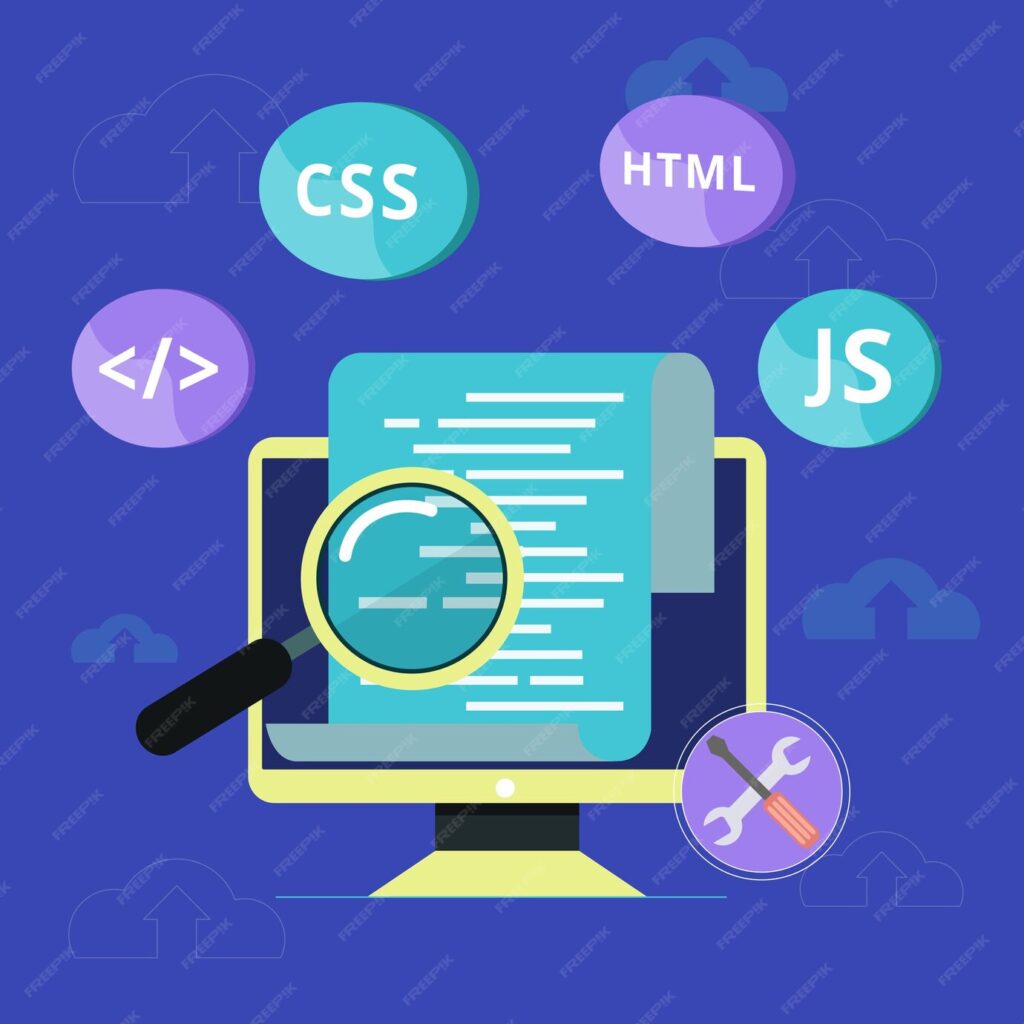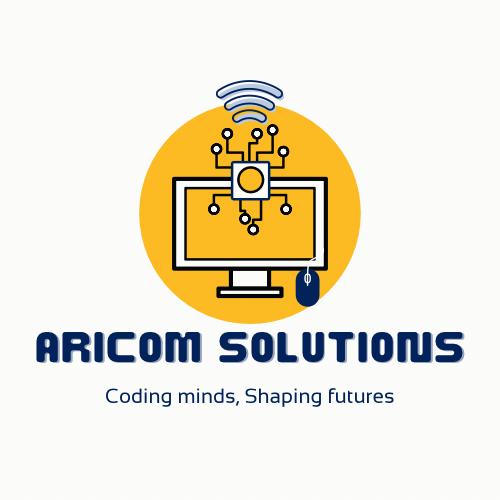Learn HTML (Hypertext Markup Language)
This course introduces students to HTML, the standard markup language for creating web pages.
Students will learn to structure content, create links, embed media, and understand the fundamentals of web page creation.

HTML (Hypertext Markup Language) Course Syllabus
Course Description
This course introduces students to HTML, the standard markup language for creating web pages. Students will learn to structure content, create links, embed media, and understand the fundamentals of web page creation.
Course Objectives
By the end of this course, students will be able to:
- Understand the structure and syntax of HTML
- Create well-formed HTML documents
- Use various HTML elements to structure web content
- Embed images, audio, and video in web pages
- Create forms for user input
- Understand the basics of HTML5 and semantic markup
- Apply best practices for accessibility and SEO

Course Outline
Week 1: Introduction to HTML and Web Basics
- What is HTML?
- Brief history of HTML and the World Wide Web
- Setting up a development environment
- Basic structure of an HTML document
- Creating your first HTML page
Week 2: Text Formatting and Lists
- Headings and paragraphs
- Text formatting (bold, italic, underline)
- Ordered and unordered lists
- Definition lists
Week 3: Links and Images
- Creating hyperlinks
- Relative vs absolute paths
- Inserting images
- Image attributes and accessibility
Week 4: Tables and Forms
- Creating tables
- Table structure (thead, tbody, tfoot)
- Form elements (input types, textarea, select)
- Form attributes and submission
Week 5: Semantic HTML and HTML5
- Semantic elements (header, nav, article, section, etc.)
- HTML5 structural elements
- HTML5 form input types
- Audio and video elements
Week 6: Embedding Content and Metadata
- iframes
- Metadata (meta tags)
- Social media meta tags
- Favicon
Week 7: HTML Best Practices and Accessibility
- Writing clean, well-formatted HTML
- HTML validation
- Web accessibility principles
- ARIA roles and attributes
Week 8: Final Project
- Students will create a multi-page website applying the concepts learned throughout the course
Assessment
- Weekly coding assignments (40%)
- Midterm project (20%)
- Final project (30%)
- Class participation and code reviews (10%)
